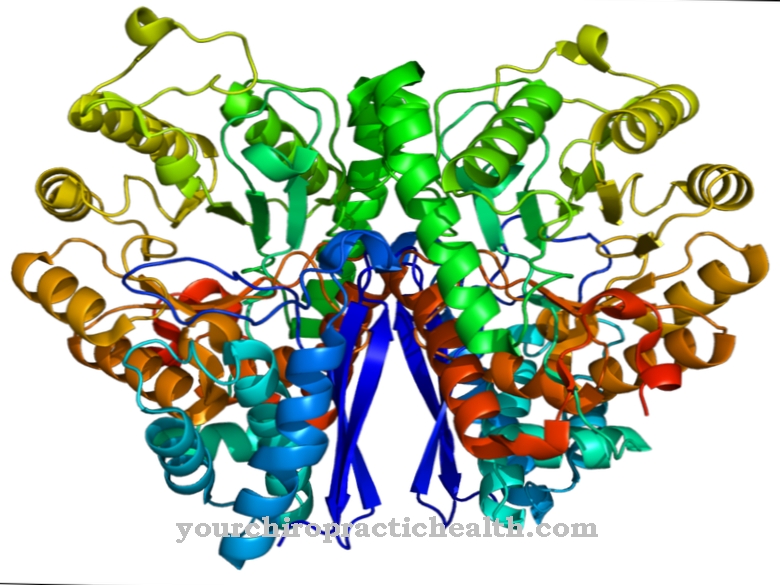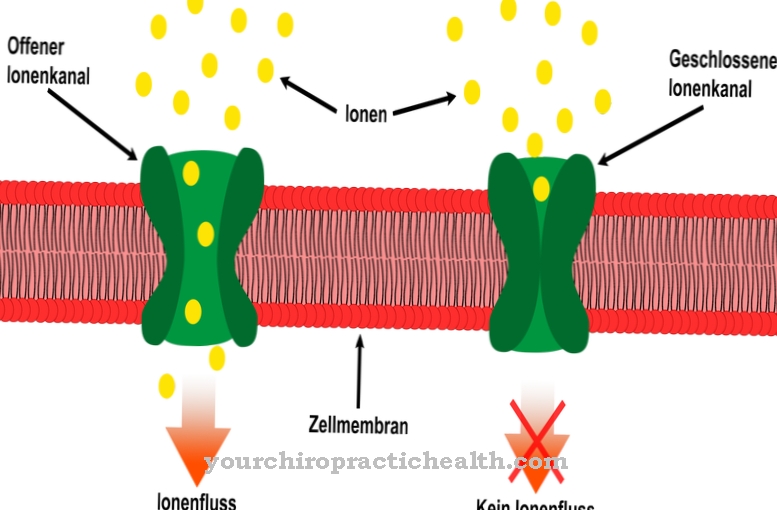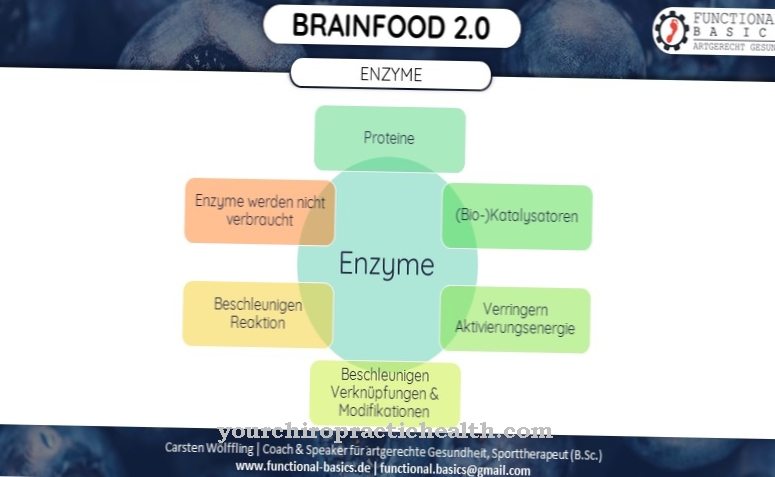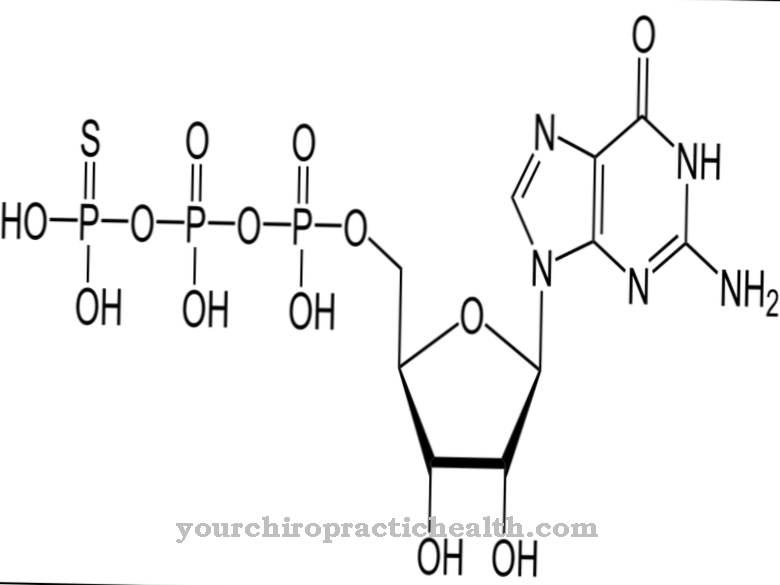Endonucleases are enzymes that break down DNA and RNA without completely breaking them down. The group of endonucleases comprises different enzymes, each of which works in a substrate and action-specific manner.
What is an endonuclease?
Endonucleases are various enzymes that are not only found in humans, but are found in all living things. They belong to the superordinate group of nucleases. Endonucleases degrade DNA or RNA without completely cleaving them.
The DNA or deoxyribonucleic acid is a complex structure of sugar molecules (deoxyribose) and nucleic acids. In order to process the DNA, the endonucleases break the phosphodiester bond between the individual building blocks. The phosphodiester bond holds the DNA and RNA together on the backbone. The nucleotides of DNA and RNA have a phosphoric acid residue. It is located on the sugar, the basic structure of which forms a ring.
This ring has five carbon atoms; Among other things, there is an OH group on the carbon atom C5, that is, a combination of an oxygen and a hydrogen atom. The carbon atom C5 and the OH group form an ester of phosphoric acid. This phosphoric acid residue receives a second ester bond, which consists of the carbon atom C3 and the associated OH group. The resulting bond is a 3'-5'-phosphodiester bond.
Function, effect & tasks
Endonucleases contribute to the processing of DNA and RNA. The nucleic acids adenine, thymine, guanine and cytosine form the genetic code, which not only passes on information to the next generation when it is inherited, but also controls the metabolism of the cells.
The sequence of the different nucleic acids in DNA codes the order in which other enzymes - so-called ribosomes - chain amino acids together. All proteins consist of these chains; the sequence of the amino acids in a protein depends on the sequence of the nucleic acids in the DNA - which in turn determines the shape and functionality of the protein.
Biology refers to the translation of the genetic code into amino acid chains as translation. The translation takes place in the cells of the human body outside the cell nucleus - the DNA is only located inside the cell nucleus. Therefore the cell has to make a copy of the DNA. The copy does not use deoxyribose as a sugar molecule, but ribose. Therefore it is an RNA. The production of RNA is also called transcription in biology and requires endonucleases.
During translation, various enzymes have to lengthen the chain of nucleotides. The partial cleavage by endonucleases also makes this possible. Endonucleases also have the same function in replication when a copy of the DNA is required during cell division.
Education, occurrence, properties & optimal values
Like all enzymes, endonucleases are proteins that consist of chains of amino acids. All amino acids have the same basic structure: They consist of a central carbon atom to which an amino group, a carboxyl group, a single hydrogen atom, an α-carbon atom and a residual group are attached. The rest is characteristic of each amino acid and determines which interactions it can enter into with other amino acids and other substances.
Biology also describes the one-dimensional structure of the enzymes in the form of their amino acid chain as the primary structure. There are folds within the chain; other enzymes catalyze this process. The spatial order is stabilized by hydrogen bridges that form between the individual building blocks. This secondary structure can appear both as an α-helix and as a β-sheet. The protein's secondary structure continues to fold and take on more complex shapes. The interactions between the various amino acid residues play a crucial role here.
Based on the biochemical properties of the respective residues, the tertiary structure is ultimately created. Only in this form does the protein have its final properties, which largely depend on the spatial form. In the case of an enzyme, this shape includes the active center where the actual enzyme reaction takes place. In the case of endonucleases, the active site reacts with DNA or RNA as a substrate.
Diseases & Disorders
Endonucleases play an important role in repairing DNA as they break its chains. The repair is necessary if the DNA has been damaged by radiation or chemical substances, for example. UV light can already have this effect.
An increased dose of UV-B radiation results in an accumulation of thymine dimers in the DNA strand. They deform the DNA and subsequently lead to disturbances in the doubling of the DNA: The enzyme that reads the DNA during replication cannot avoid the deformation caused by thymine dimers and therefore cannot continue its work.
Human cells have various repair mechanisms at their disposal. Endonucleases are used for excision repair. A specialized endonuclease is able to recognize thymine dimers and other damages. It cuts the affected DNA strand twice, both before and after the defect. The dimer is removed, but it creates a gap in the code. Another enzyme, DNA polymerase, then has to fill the gap. As a comparison, she uses the complementary DNA strand and adds the corresponding base pairs until the gap is filled and the damaged DNA strand is restored.
This repair is not uncommon, but occurs many times a day in the body. Disturbances in the repair process can lead to various disorders, for example the skin disease xeroderma pigmentosum. With this disease, those affected are overly sensitive to sunlight because the cells cannot repair UV damage.

.jpg)











.jpg)

.jpg)
.jpg)











.jpg)